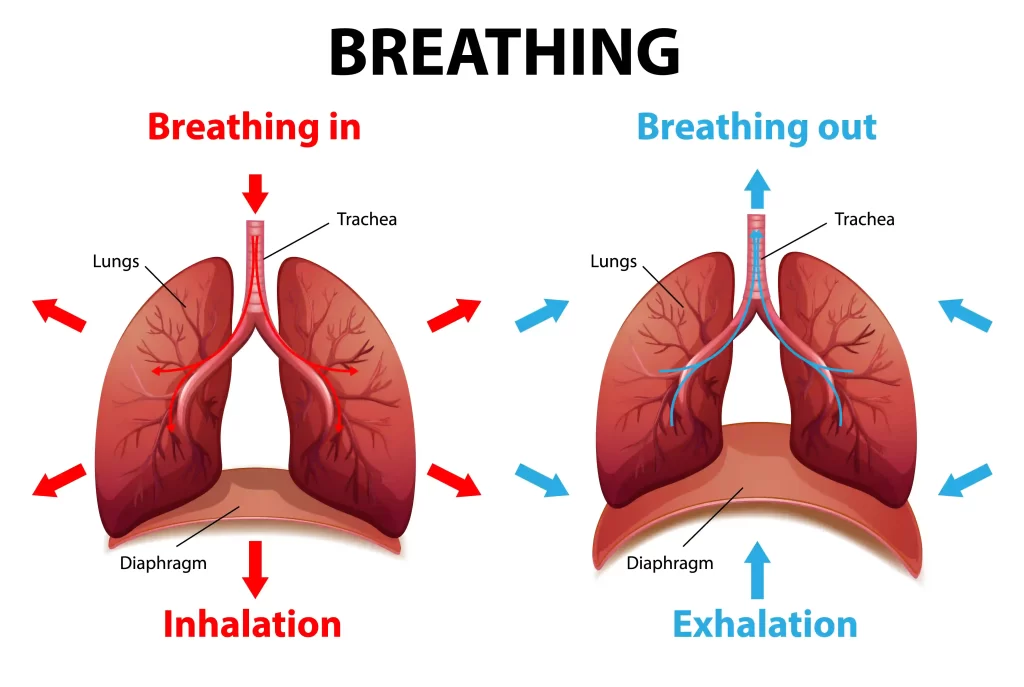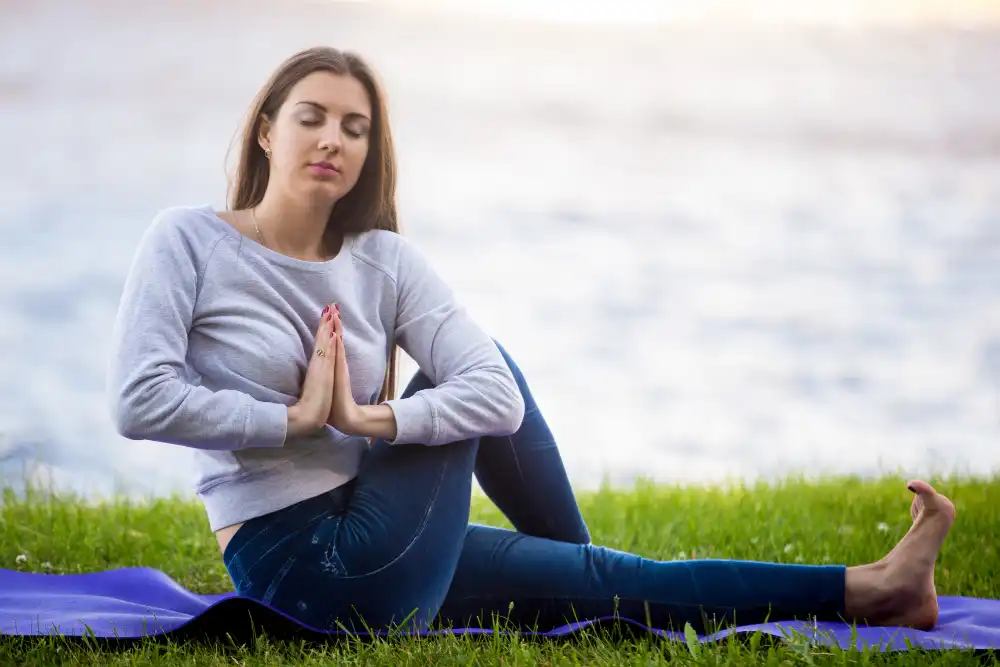The Science of Breathing
Breathing is more than a mere inhale-exhale cycle; it’s a vital process driven by a fascinating interplay of biological mechanisms. Each breath we take initiates a complex series of chemical and physiological reactions, vital for our survival. The oxygen we inhale isn’t just for our lungs; it’s a critical fuel that powers every cell in our body. Understanding the science of breathing reveals its profound impact on our physical and mental well-being.
The Mechanics of Breathing
The act of breathing is a marvel of biomechanics. The lungs, diaphragm, and a symphony of muscles and nerves working in harmony are at its core. This system delicately balances oxygen intake and carbon dioxide expulsion with every breath. Mastering the mechanics of breathing can lead to improved health outcomes, as it ensures efficient oxygen delivery to the body’s tissues and organs.

The Role of the Respiratory System
The respiratory system does more than facilitate breathing; it’s a cornerstone of our body’s defense mechanism. It filters out harmful particles, helps regulate blood pH, and even assists in temperature control. By optimizing our breathing, we can enhance these functions, boosting our overall health and resilience.
Breathing and Oxygen
Oxygen is life’s elixir. Our body relies on this vital element, and effective breathing ensures its ample supply. Improved breathing techniques can increase oxygen uptake, enhancing cellular function and energy levels.
The Importance of Proper Breathing
Proper breathing goes beyond the physical act; it’s a gateway to better health. It can influence our stress levels, emotional state, and even our ability to concentrate. By adopting better breathing habits, we can unlock numerous health benefits, ranging from stress reduction to improved cognitive function.
Stress Reduction
Breathing exercises are a powerful tool for stress management. Techniques like deep breathing can activate the body’s relaxation response, helping to reduce stress hormones, lower heart rate, and promote a sense of calm.
Improved Lung Function
Regular practice of targeted breathing exercises can strengthen the lungs and improve respiratory efficiency. This is especially beneficial for those recovering from respiratory illnesses or looking to enhance their athletic performance.
Enhanced Focus and Concentration
Oxygen-rich blood is crucial for brain function. Effective breathing techniques can boost cerebral oxygenation, leading to improved focus, clarity, and cognitive performance.

Breathing Techniques for Better Health
There are several breathing techniques known for their health benefits:
Diaphragmatic Breathing
This technique emphasizes deep, rhythmic breathing, engaging the diaphragm fully. It’s known for its ability to reduce stress and improve lung function.
Box Breathing
A method used by athletes and military personnel, box breathing involves breathing in, holding, exhaling, and holding again, each for a count of four. It’s excellent for focus and calmness.
Alternate Nostril Breathing
A staple in yoga, this technique involves alternately breathing through one nostril at a time. It’s believed to balance the body’s energy channels and improve mental clarity.
Practical Tips for Incorporating Breathing Exercises
Setting Aside Time
Dedicate specific times of the day for breathing exercises. Consistency is key to reaping the benefits.
Creating a Relaxing Environment
Choose a quiet, comfortable space where you can focus on your breathing without distractions.
Consistency is Key
Like any wellness practice, the benefits of breathing exercises are most pronounced with regular practice.
Breathing and Physical Health
Cardiovascular Benefits
Improved breathing can enhance heart health by reducing stress and improving circulation.
Immune System Support
Effective breathing techniques can bolster the immune system, making the body more resilient against infections.
Pain Management
Controlled breathing can be an effective tool in managing chronic pain, reducing the need for medication.

Breathing and Mental Health
Reducing Anxiety and Depression
Breathing exercises have been shown to alleviate symptoms of anxiety and depression, promoting mental well-being.
Mind-Body Connection
Deep breathing can enhance the mind-body connection, leading to greater mindfulness and emotional balance.
Better Sleep
Practicing breathing exercises before bed can improve sleep quality, aiding in relaxation and stress reduction.
Breathing in Daily Life
Incorporate breathing techniques into various aspects of life:
At Work
Use brief breathing exercises to maintain focus and manage stress during the workday.
During Exercise
Integrate breathing techniques into your workout routine for enhanced performance and endurance.
In Stressful Situations
Employ quick and effective breathing methods to stay calm and focused in high-pressure scenarios.

Conclusion
In conclusion, mastering the art of breathing can transform our health in profound ways. By understanding and applying these techniques, we can unlock a world of benefits, from enhanced physical and mental well-being to improved performance in our daily activities.
Frequently Asked Questions (FAQs)
How often should I practice breathing exercises?
Consistency is key. Even a few minutes daily can yield significant benefits.
Can breathing techniques replace medication?
While beneficial, breathing exercises should complement, not replace, medical treatment. Always consult with a healthcare provider.
Are there any risks associated with breathing exercises?
Most people can safely practice breathing techniques, but those with respiratory conditions should seek medical advice first.
How quickly can I expect to see results from breathing exercises?
While some benefits can be felt immediately, like stress reduction, others may take consistent practice over weeks or months.

